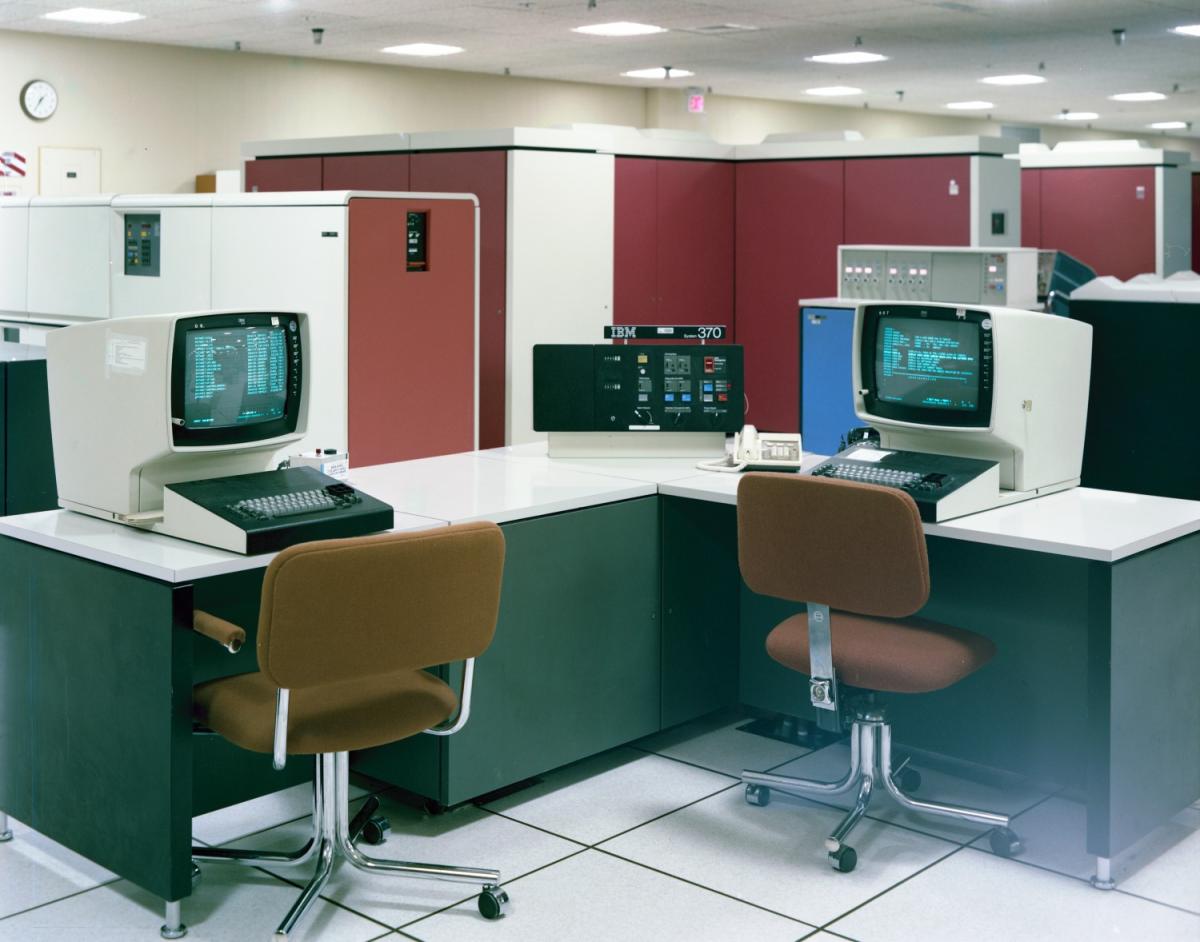
National Archives Updates Digital Preservation Framework
By Angela Tudico | National Archives News
WASHINGTON, September 30, 2024 — Last week the National Archives released a major update to its Digital Preservation Framework, an open resource and data set on GitHub that provides guidance and risk assessments for digital file formats.
The release marks a significant update to the Framework, adding new and revised questions to address additional risk factors to digital formats that have emerged since its initial release four years ago. The updated Framework is more user friendly and more transparent about the National Archives’ digital preservation process and its electronic holdings.
“This major update will change the way that we evaluate risk to digital file formats and make our decision-making process more transparent to the public,” Senior Digital Preservation Specialist Hannah Wang said. “The Framework is not a static resource. Digital Preservation staff are constantly doing research and making updates to the Framework to represent the most up-to-date information about file formats in our holdings.”
The update comes after months of collaborative work with other digital formats specialists. The National Archives shared a draft of the updated Framework for public comment this past May, and this latest release incorporates feedback from colleagues throughout the agency and federal government, as well as international colleagues.
Since its debut, the Framework has become a widely consulted resource for the digital preservation community around the globe. The Framework was additionally released as Linked Open Data in 2022.
“The work that the National Archives has done to create and populate the matrix is a tremendous resource for the whole community,” said Stephen Abrams, Head of Digital Preservation at Harvard Library. “We really appreciate the effort that has gone into this initiative and the National Archives’ openness in providing it to others.”
The National Archives has accepted electronic records since 1971 and currently evaluates over 700 file formats in the agency’s holdings. The Framework has not only become a resource for National Archives staff that advise agencies on electronic records, but it has also been incorporated into the digital preservation risk mitigation practices of other libraries and archives.
Digital preservation and the Framework are tied to the transition to a fully digital government and are essential to electronic recordkeeping, whether born-digital or digitized. The agency focuses on preservation risks to digital file formats, ranging from JPEG to Adobe Flash, because the technological landscape changes quickly.
Actively researching and updating the Framework ensures the stability of the agency’s electronic holdings, and that they will be available for years to come.
“As we move towards an era of fully electronic recordkeeping, it is important to focus on the preservation risks posed to digital file formats and how we can mitigate these risks,” Deputy Archivist of the United States William J. Bosanko said. “The National Archives is actively engaged in digital preservation and ongoing research to make sure that the electronic records in our custody endure into the future.”
